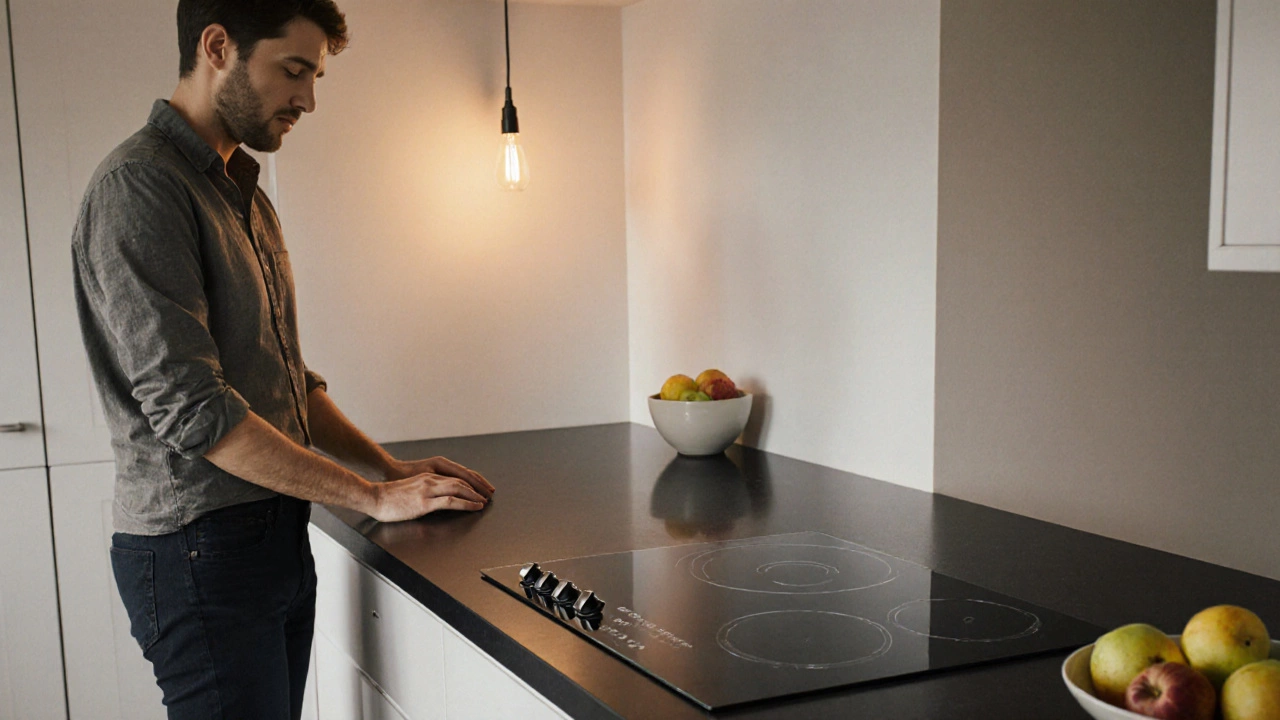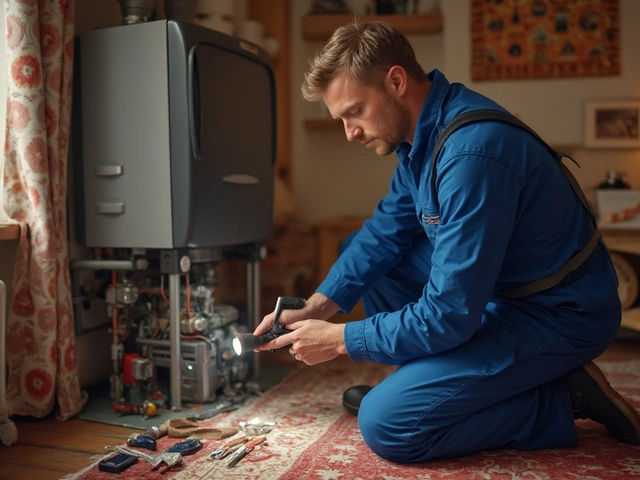When tackling DIY electric hob, the process of repairing or swapping parts on a household electric cooking surface. Also known as electric stove DIY, it lets you restore heat control without waiting for a technician. Electric hob element the heating component that glows red to generate cooking heat is the most common part people replace, and having a basic tool kit makes the job doable. In short, DIY electric hob work requires a bit of know‑how, the right tools, and strict safety habits.
Most electric hobs fail because the element burns out, the control board loses power, or the safety thermostat trips. Control board the electronic module that regulates temperature and timing often shows a dead display when it’s the culprit. When the element stops heating, a quick visual check for cracks or a multimeter test for continuity can confirm the fault. The relationship is clear: a faulty element requires a replacement, while a bad control board necessitates a more involved swap that might need professional help. Knowing which part is at fault lets you target your repair effort and avoid unnecessary replacements.
Safety isn’t an afterthought; it’s the backbone of any hob safety the set of precautions to protect yourself while working on an electric cooking appliance. Always disconnect power at the breaker before you start, wear insulated gloves, and double‑check that the hob is fully dead with a voltage tester. These steps prevent electric shock and protect the surrounding kitchen cabinets from accidental damage. A short slip can turn a simple repair into a costly emergency, so treating safety as a non‑negotiable step creates a smoother, faster fix.
What you actually need in the toolbox is simpler than you might think. A set of screwdrivers (flat‑head and Phillips), a multimeter for voltage checks, and a pair of pliers cover most situations. Kitchen appliance tools basic hand tools used for repairing cooking and refrigeration devices are inexpensive and widely available at local hardware stores. Having these tools on hand means you can diagnose a non‑heating hob, replace a burnt element, or even tighten loose connections without waiting for a service call. The more familiar you become with the tools, the quicker you’ll move from diagnosis to a working hob.
All of this adds up to a practical roadmap: identify the symptom, test the element or control board, follow strict safety steps, and use the right tools to get the job done. Below you’ll find a curated set of articles that walk you through each of these stages—whether you’re swapping a single burner, troubleshooting a whole hob, or learning the best maintenance habits to extend your appliance’s life. Dive in and turn that broken hob back into a reliable cooking companion.

Discover if electric hobs can be fixed, cost breakdowns, DIY steps, safety tips, and when to replace. A practical guide for UK homeowners.

Spotting the two most common electric stove problems can make repairs easier. Learn how to catch signs like faulty burners and control issues with clear, helpful steps.

Curious about how your home appliances actually work? Get a full breakdown of what happens inside, troubleshooting tips, and smart ways to keep everything running smoothly.

Ever wonder if switching your boiler on and off harms it? This article unpacks how boilers handle frequent power cycles, what really wears them out, and when switching off could save you cash or cause problems. Find out the best ways to run your boiler for both safety and savings. Practical tips and real facts—all in plain English. Avoid costly repairs by knowing how to treat your boiler right.

Unravel the mysteries of oven troubles with a comprehensive guide that walks you through common issues and their solutions. From unexpected cold spots to issues with heating elements, this article explores practical approaches to diagnosing and fixing your oven. Learn about signs to watch out for, potential tools needed, and tips to maintain your oven's optimal performance. Perfect for homeowners who want to save a little cash and feel empowered to tackle minor repairs before calling in the professionals. This guide makes oven repair accessible and doable for the average person.

Regular boiler servicing is crucial to ensure safety and efficiency in home heating systems. A comprehensive service involves thorough inspections and cleaning, enhancing performance and extending the lifespan of the unit. Areas covered include checking the burner, inspecting the flue, and ensuring controls work correctly. Routine servicing helps prevent breakdowns and identifies potential issues early. Understanding what's involved can help homeowners make informed decisions and maintain reliable heating.